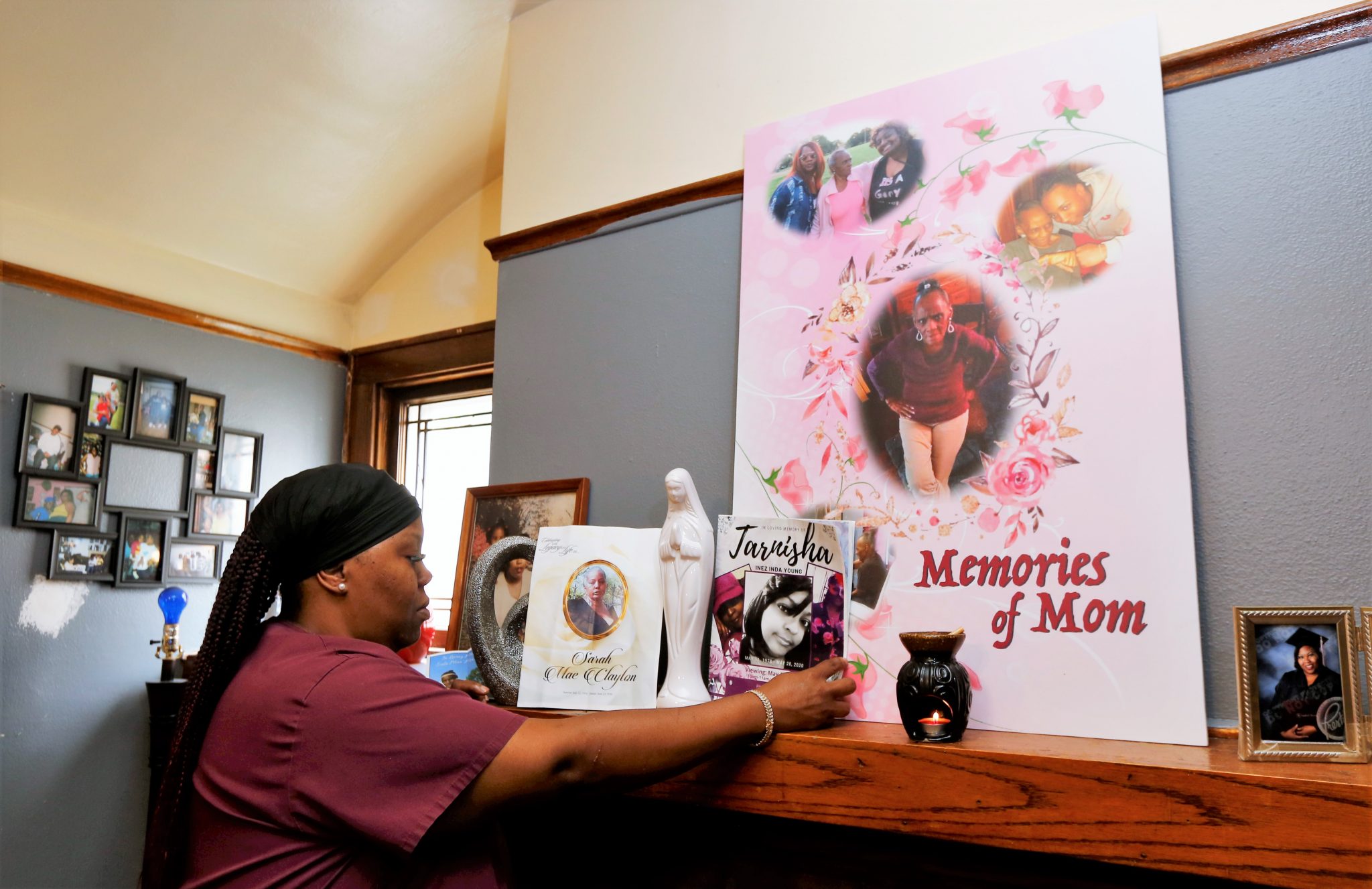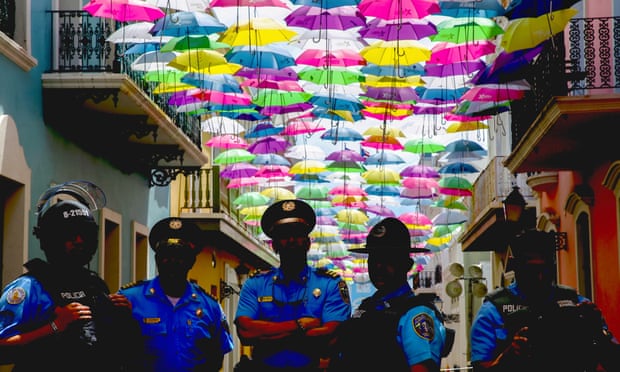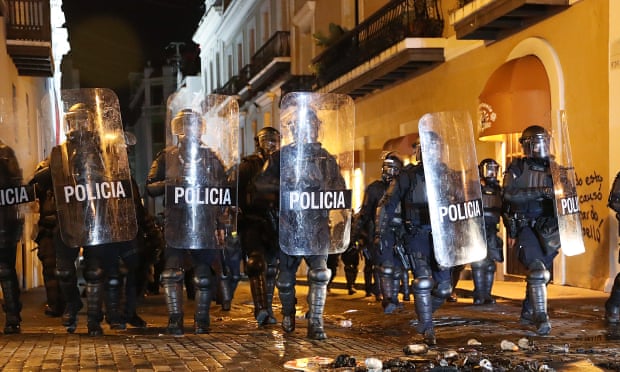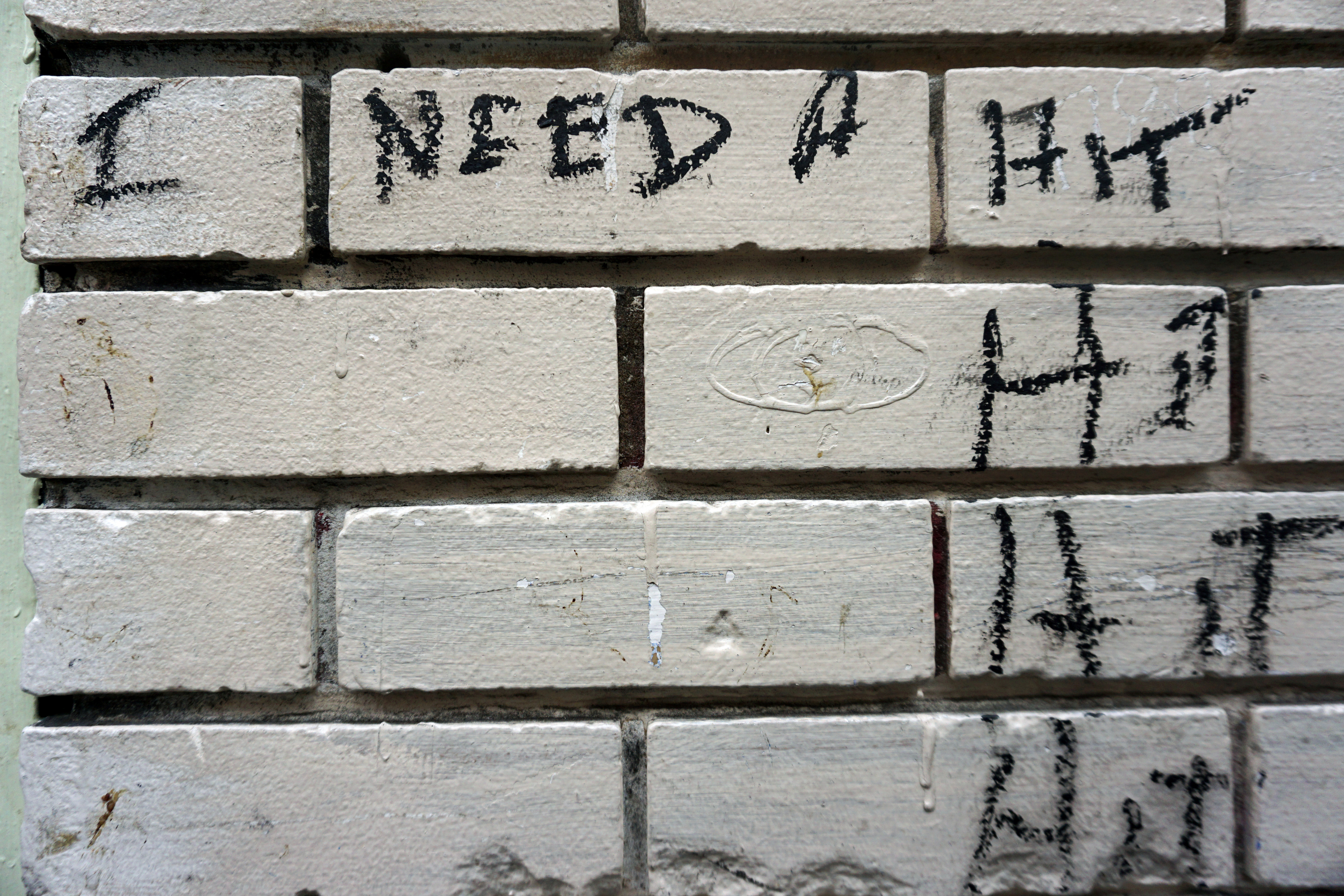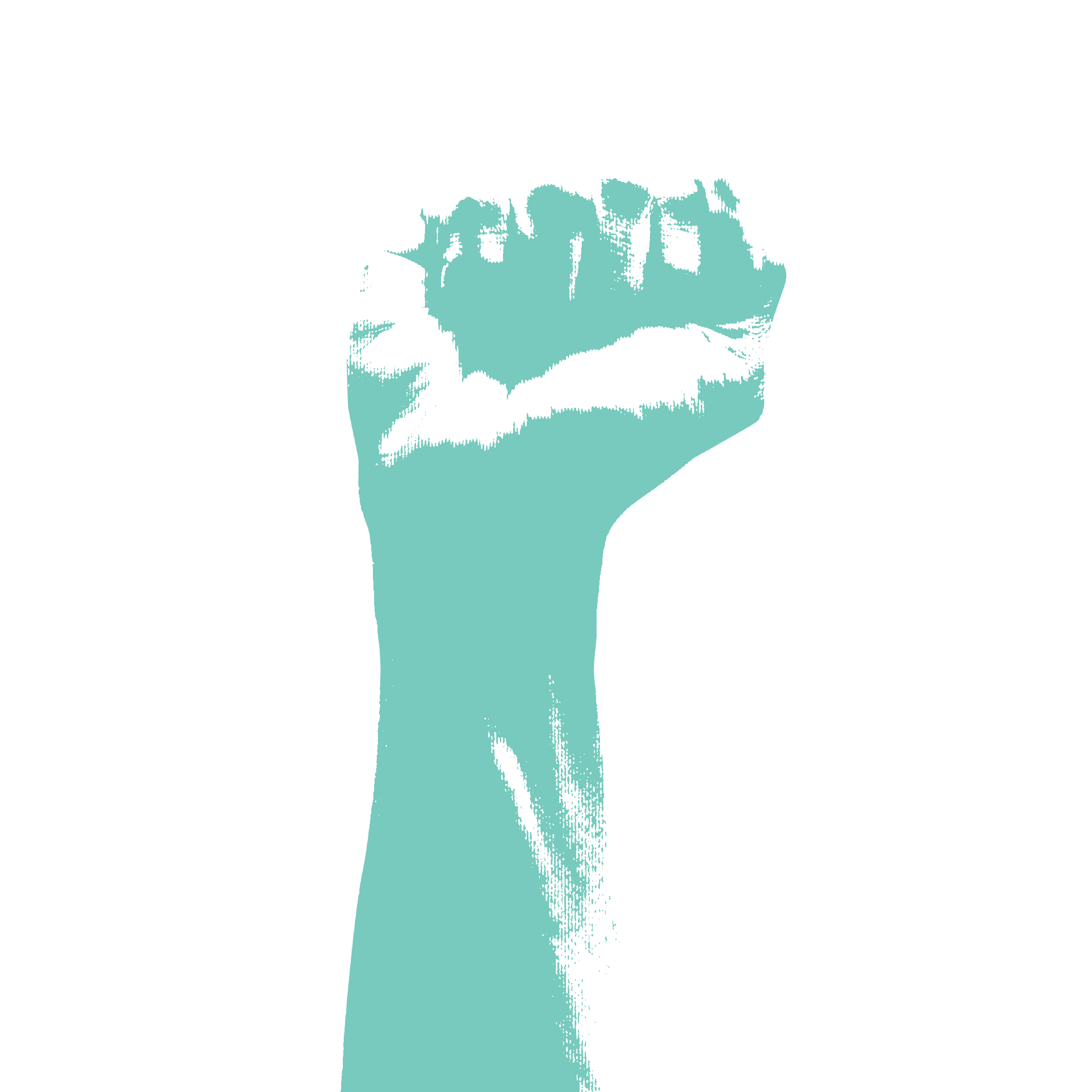Unit Overview: Distinguishing between racism and systemic racism, examining their historical and contemporary manifestations in the U.S., and communicating messages about justice/injustice through images.
Resources for Facilitating this Unit: Complete ten-day unit plan including resources, discussion questions, activities, and a culminating performance task.
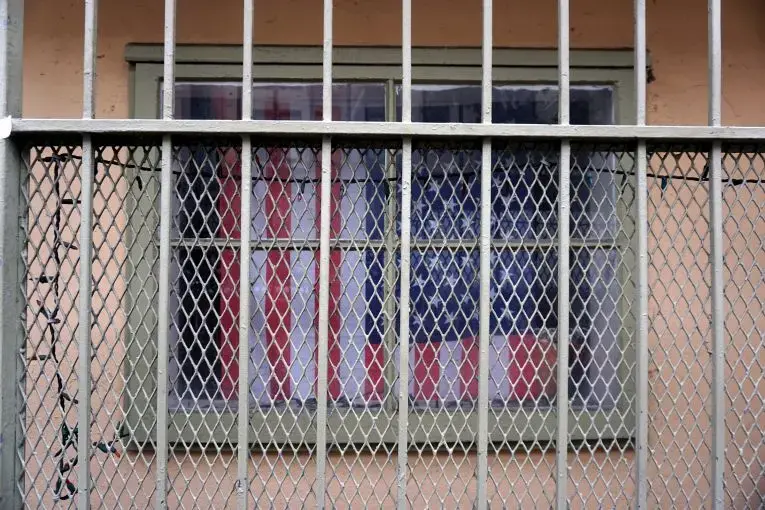
This unit was created by Tracy Johnson, an Art and Digital Media teacher at Orr Academy High School in Chicago, IL, as part of the fall 2020 Pulitzer Center Teacher Fellowship program on Arts, Journalism, and Justice. It is designed for facilitation across approximately ten 45-minute class periods. For more units created by Pulitzer Center Teacher Fellows in this cohort, click here.
Objectives:
Students will be able to...
- Examine acts of violence and disenfranchisement in history and the present day
- Define the differences between prejudice, racism, and systemic racism
- Understand how the judicial system can be used to activate justice through looking at historic cases and articles
- Respond to images associated with crime and justice
- Develop images to communicate ideas about how to activate justice using the judicial system
Unit Overview:
With so many acts of violence and disenfranchisement happening in the United States today, it is important examine: What is the best way to activate justice? In this unit, we will distinguish between prejudice, racism, and systemic racism, and will examine the ways in which each shows up in our lives and in our world. We will look at investigative reporting projects on injustices in three different areas (policing, incarceration, and evictions) in order to enlighten ourselves on the varied ways in which injustice can occur, and can be fought against. We will also look at historic court cases that should provide a strong case for using the judicial system to question itself, correct itself, and enforce itself.
Throughout this unit, students will examine how images can be used to communicate messages about justice/injustice. The unit will culminate in a visual product in which students will identify and communicate a historical justice issue through photography, graphic design, posters, realistic drawing, and/or typesetting.
Resources for Facilitating this Unit:
Click here for a PDF outlining lesson plans for this unit, including resources, discussion questions, activities, and a culminating performance task for the unit.
Students will read and analyze two or more of the following texts as part of this unit:
- "Police Violence Against Dominicans in Puerto Rico Suggests Systemic Problem" by Natasha S. Alford for The Guardian
- "'They Believe We're Criminals': Black Puerto Ricans Say They're a Police Target" by Natasha S. Alford for The Guardian
- "Mass Incarceration" by Bryan Stevenson for The 1619 Project, a special issue of The New York Times Magazine
- "Milwaukee Evictions Spurred by COVID-19, Longstanding Racism and Poverty" by Mary Hennigan and Abigail Zimmardi for The Howard Center for Investigative Journalism
- "Life on the Streets of San Francisco Through the Lens of Ex-Inmates" with photos by Brian Frank, Eugene Riley, and Chris Shurn for VICE News
Standards:
NA-VA.9-12.2 Visual Art, Using Knowledge of Structures and Functions
- Students know the differences among visual characteristics and purposes of art in order to convey ideas
- Students describe how different expressive features and organizational principles cause different responses
-
Students use visual structures and functions of art to communicate ideas
NL-ENG.K-12.7 Evaluating Data
- Students conduct research on issues and interests by generating ideas and questions, and by posing problems. They gather, evaluate, and synthesize data from a variety of sources (e.g., print and nonprint texts, artifacts, people) to communicate their discoveries in ways that suit their purpose and audience.
NSS-C.9-12.3 Principles of Democracy
- How does the government established by the Constitution embody the purposes, values, and principles of American democracy?


